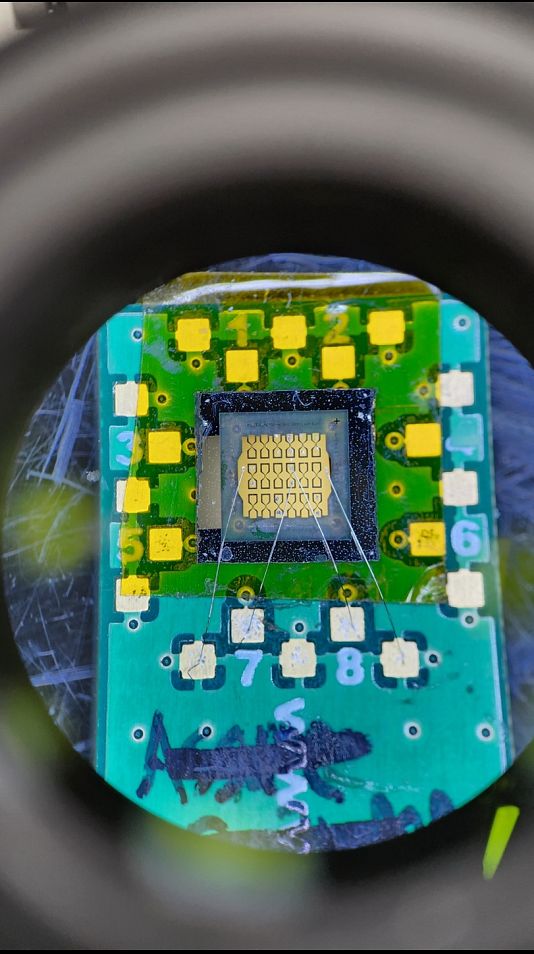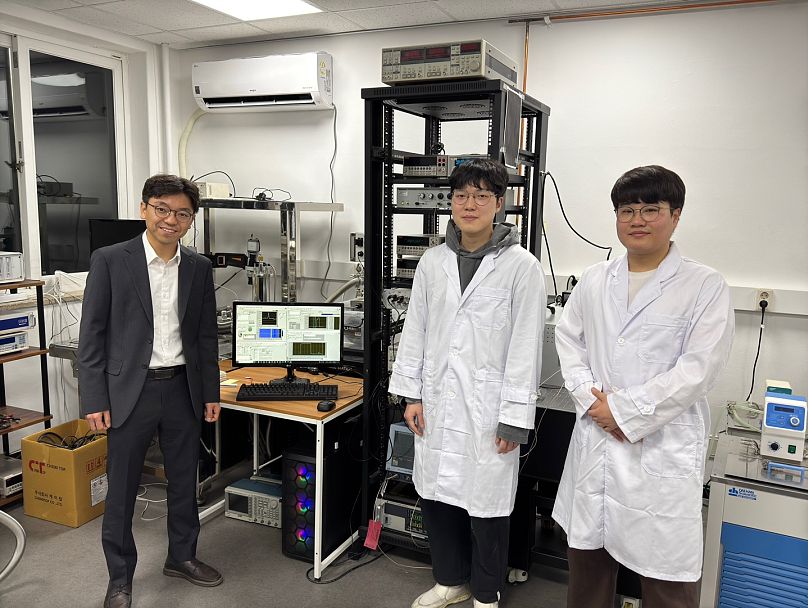Quantum Leap: Breakthrough Could Revolutionize Electronics Efficiency
Scientists have found that a quantum mechanical effect, which was thought to occur solely under very cold conditions, can actually take place at room temperature.
Moreover, the currents they produced were 10 times more powerful than previously observed.
This advancement indicates that we might be nearer to achieving low-power, high-performance electronics, which is particularly relevant as the demand for such technology continues to grow. artificial intelligence (AI) is soaring.
A recent study from researchers at KAIST and Sogang University in South Korea has discovered a novel approach for generating spin currents at room temperature through a technique known as longitudinal spin pumping.
The team mentioned that the observation came as "quite surprising."
"Spin pumping is a technique used for generating spin currents via magnetization dynamics. Past research has primarily utilized classical magnetization dynamics, resulting in comparatively modest spin currents," explained Kyung-Jin Lee, a physicist from KAIST’s Department of Physics, to Euronews NEXT.
In our study, we found that spin pumping currents arising from quantum magnetization dynamics are about ten times stronger compared to those originating from classical magnetization dynamics," Lee noted.
Specialists suggest this might indicate that we're nearer to developing more efficient memory and computing systems with reduced energy consumption.
"A mechanism capable of amplifying a spin current tenfold compared to previous efforts... holds great promise and excitement," stated Aamir Ali, a quantum technology researcher at Chalmers University of Technology in Sweden, during an interview with Euronews Next.
Lee points out that with the proliferation of mobile devices nowadays, energy efficiency has become crucial, particularly since the increasing demand for artificial intelligence necessitates greater computational capabilities.
What does spintronics entail and what benefits can it bring to our daily existence?
Many of the electronic devices we utilize nowadays depend on circuitry. Within these tiny components, electron movement facilitates data processing and storage.
A drawback of this system is that energy is dissipated as heat when electrons travel within a circuit.
Spintronics has become increasingly popular as a possible answer.
Scientists globally engaged in spintronics research have been striving to produce sufficient currents utilizing the spin of electrons instead of their charge, as is typical in conventional electronics.
"Spintronics provides mechanisms that offer significantly greater sensitivity in detecting spin compared to conventional charge-based electronics," stated Ali.
Ali indicated that hard disk drives have quicker reading speeds.
In 2007, Albert Fert and Peter Grünberg received the Nobel Prize in Physics due to their discovery of Giant Magnetoresistance (GMR). This spintronics effect led to the development of highly sensitive magnetic read heads used in hard disk drives.
Spintronics devices are currently being created and utilized at room temperature by semiconductor producers globally, yet they depend on comparatively milder spin-related phenomena.
Specialists indicate that producing spin currents poses difficulties.
The researchers think their recent discoveries might have a direct influence on a kind of memory known as Magnetoresistive Random Access Memory (MRAM). This spintronic element has numerous uses, spanning from software development to medical equipment and even aerospace technology.
"MRAM technology depends on spin currents for storing information. Our research shows that quantum magnetization dynamics at ambient temperatures can produce substantially higher spin currents. This discovery has the potential to reduce power usage in MRAM devices. Such progress might boost the widespread use of MRAM by improving both its energy efficiency and expandability," explained Lee.
Semiconductor Giants such as Samsung are investigating if MRAM might be the next-generation memory solution for AI computing.
Experimental-theoretical approach
Scientists assert that the joint use of experimental and theoretical methods was essential for confirming these discoveries, since quantum science deals with particles that are invisible to the human eye.
Initially, a group from Sogang University developed a novel material composed of iron rhodium.
Following this, a group from KAIST carried out an "ambitious" experiment aimed at detecting spin pumping currents within nanoseconds, necessitating cutting-edge ultrafast measurement methods, as stated by the researchers involved.
Next, a team from the theoretical division examined the experimental findings.
Scientists state their next objective is to transform these discoveries into practical applications that might revolutionize how our electronic devices function.
"We aim to investigate novel materials and methods to improve spin current generation even more," Lee stated.
Furthermore, our objective is to create new spintronic device designs that utilize quantum phenomena for ultra-low-power and high-efficiency memory and computing functions.
To learn more about this story, check out the video in the media player above.


Posting Komentar untuk "Quantum Leap: Breakthrough Could Revolutionize Electronics Efficiency"